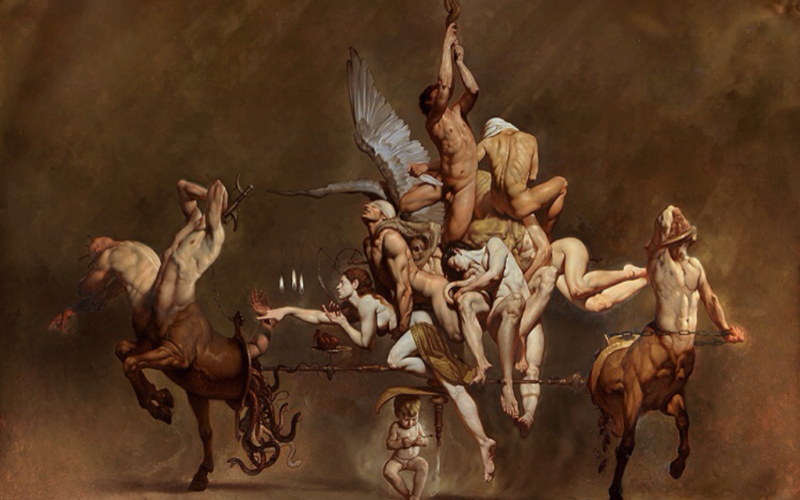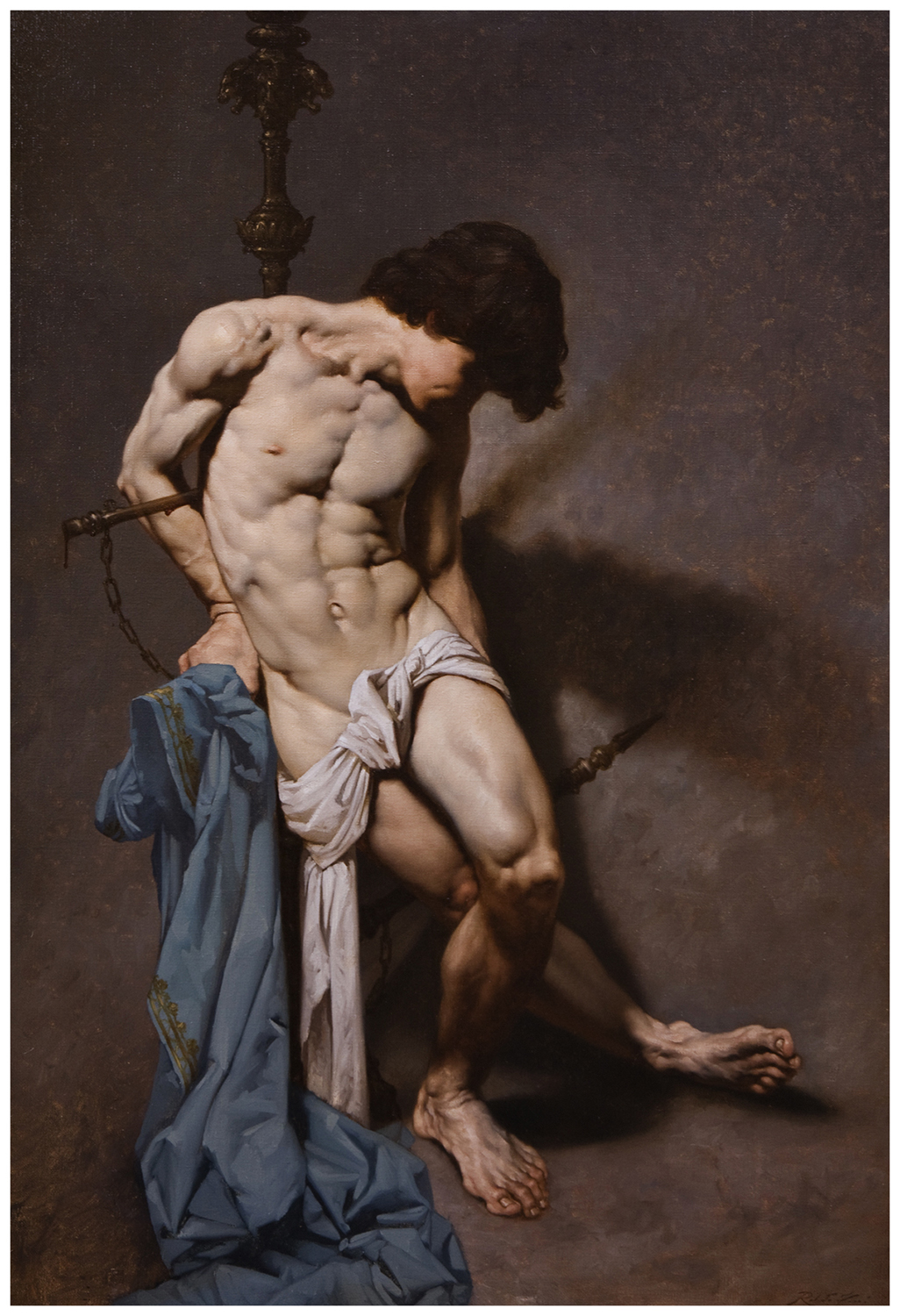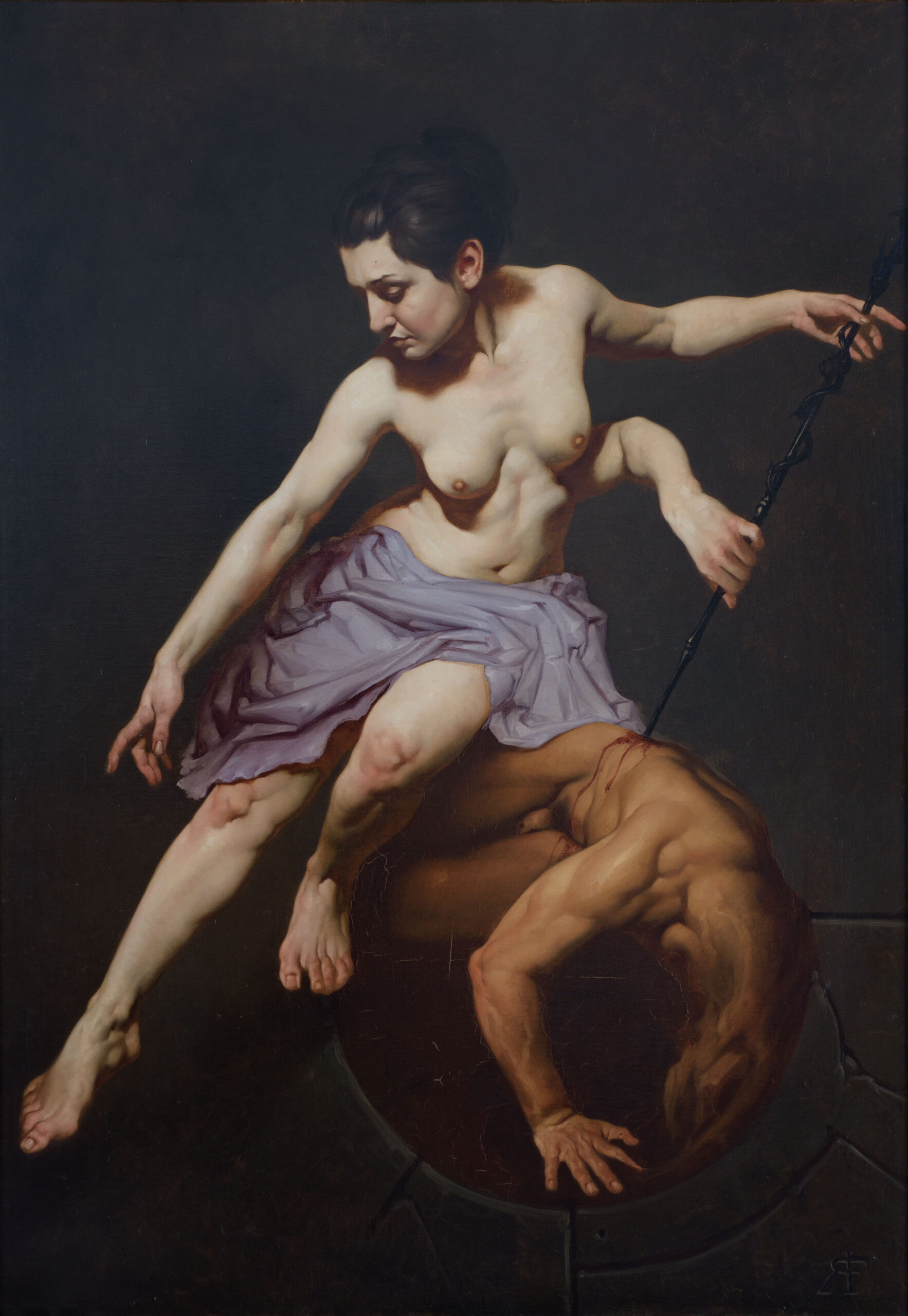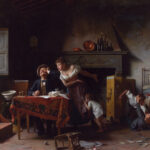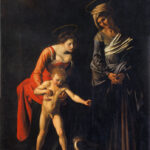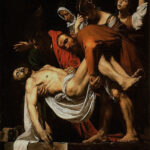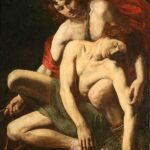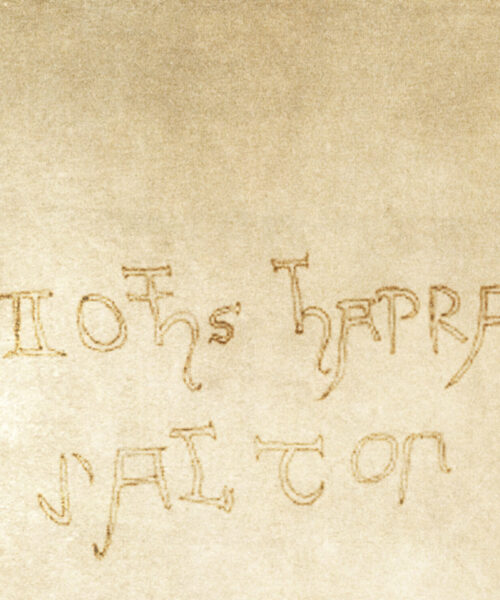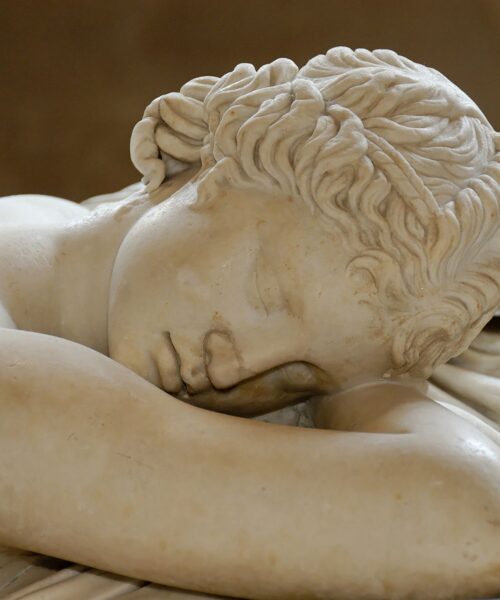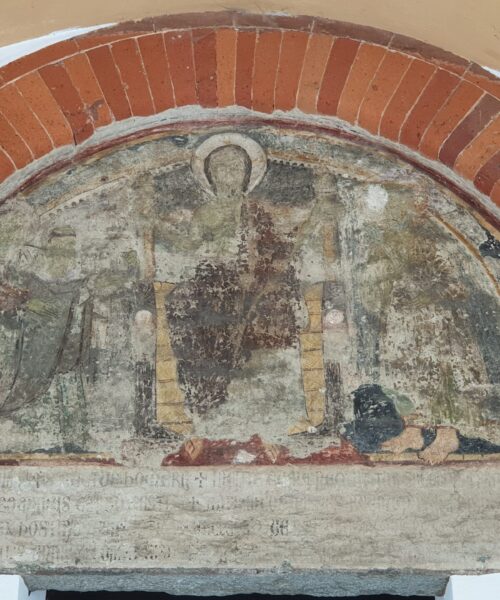Roberto Ferri, an Italian contemporary artist, inevitably draws comparisons with Caravaggio, sparking discussions in the art world. While some view him as a modern-day successor to Caravaggio, others describe him as a painter who, though vaguely inspired by Caravaggisti, steers his style towards traditional photorealism infused with modern eroticism.
Ferri’s mastery in figurative painting is evident in his dramatic compositions styled like tableau vivants, occasionally evoking Caravaggio’s characteristic chiaroscuro. However, despite his technical excellence, Ferri tends more towards following than innovating, prioritizing visual aesthetics over the narrative depth and symbolism that characterizes the baroque master’s works.
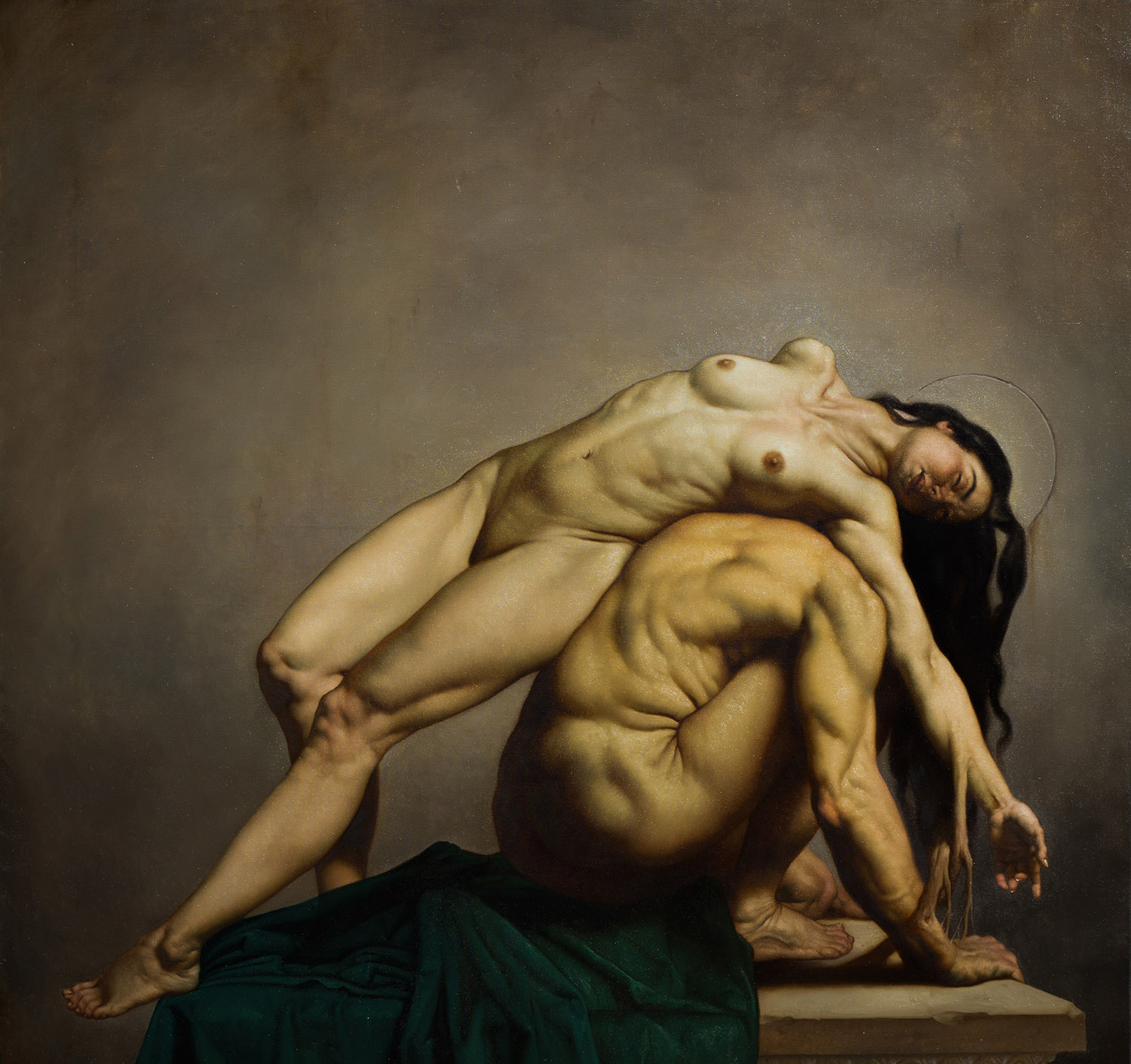
A crucial aspect distinguishing Caravaggio is his ability to incorporate rich religious and mythological symbolism, weaving a narrative that extends far beyond aesthetics. Caravaggio was not just a painter of his time; he was a visual storyteller, whose paintings were laden with meanings and symbols, akin to conceptual art. Each of Caravaggio’s works was a story, a deep reflection on religious and human themes, conveying messages beyond mere visual representation.
In contrast, Ferri’s art, while technically advanced and visually striking, tends to use symbolism marginally. His works incorporate symbolic elements, but these often play a secondary role, more oriented towards complementing aesthetics than serving as pillars of profound narrative. This approach aligns with a contemporary tendency that favors appearance over substance, a choice that could be seen as a critical reflection on today’s society. However, it is this preference for the superficial that sharply distinguishes Ferri from Caravaggio. While Caravaggio used symbols to significantly enrich his works, in Ferri’s case, symbolism, though present, does not hold the same centrality, often overshadowed by visual impact and photorealistic aesthetics. This difference not only highlights Ferri’s different artistic skill but also a divergence in the interpretation of art’s role and its impact in contemporary society.
Technical skill is a fundamental pillar of art, but it does not constitute its entire essence. It refers to competence in using tools and techniques, essential for creating artworks. However, art goes beyond mere technical execution. At its heart, art is communication: a means to express ideas, emotions, and visions. It is the intention and message behind the work that elevate it beyond mere skill, emotionally connecting with the observer.
Art, therefore, requires a balance between technique and creativity. History’s great artists have been celebrated not only for their skill in wielding brushes or chisels but for how they used these skills to explore new horizons, challenge conventions, and communicate powerful narratives. In conclusion, while technique is essential, it is the fusion of this with innovation and personal expression that creates art in its deepest sense.
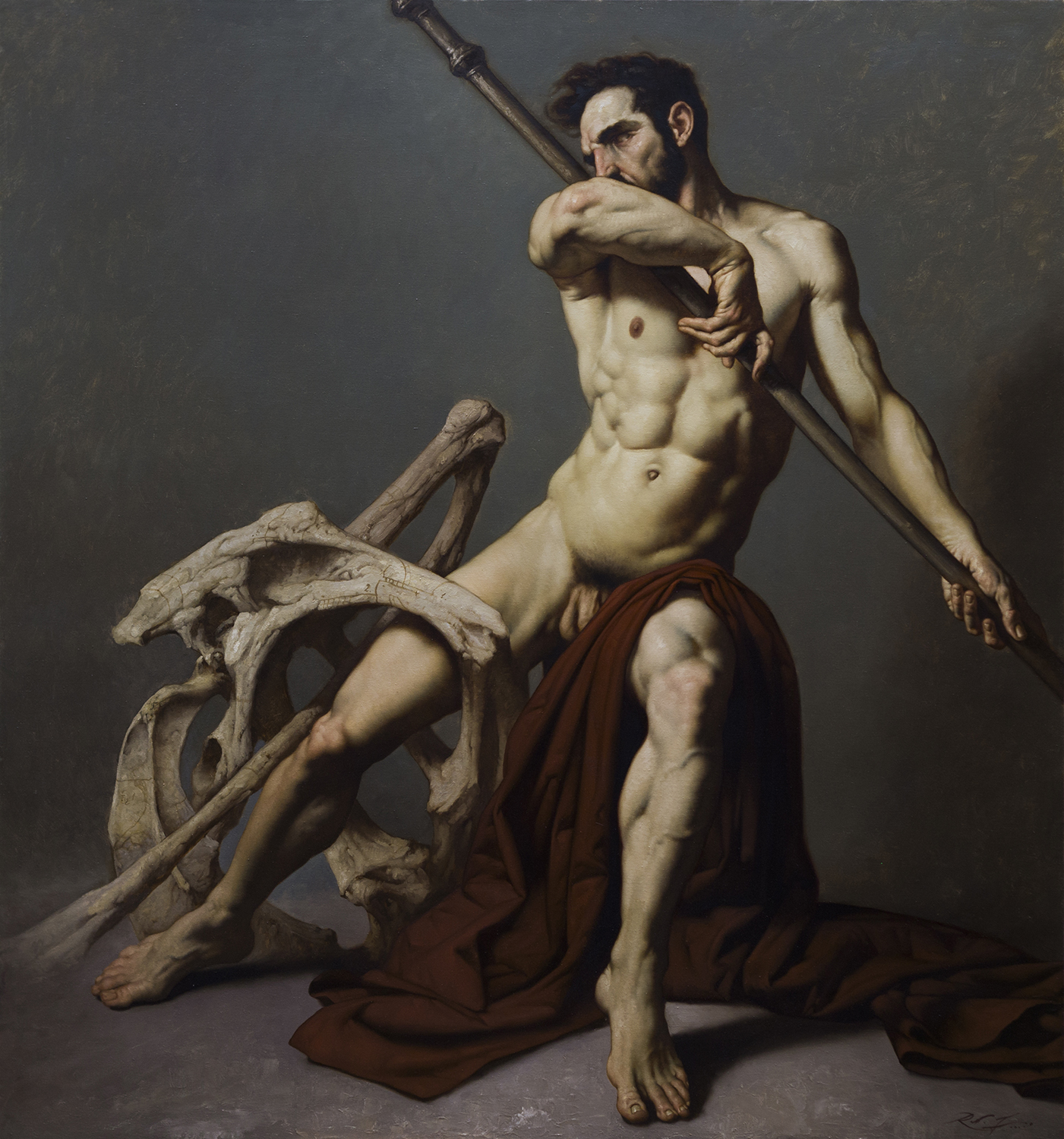
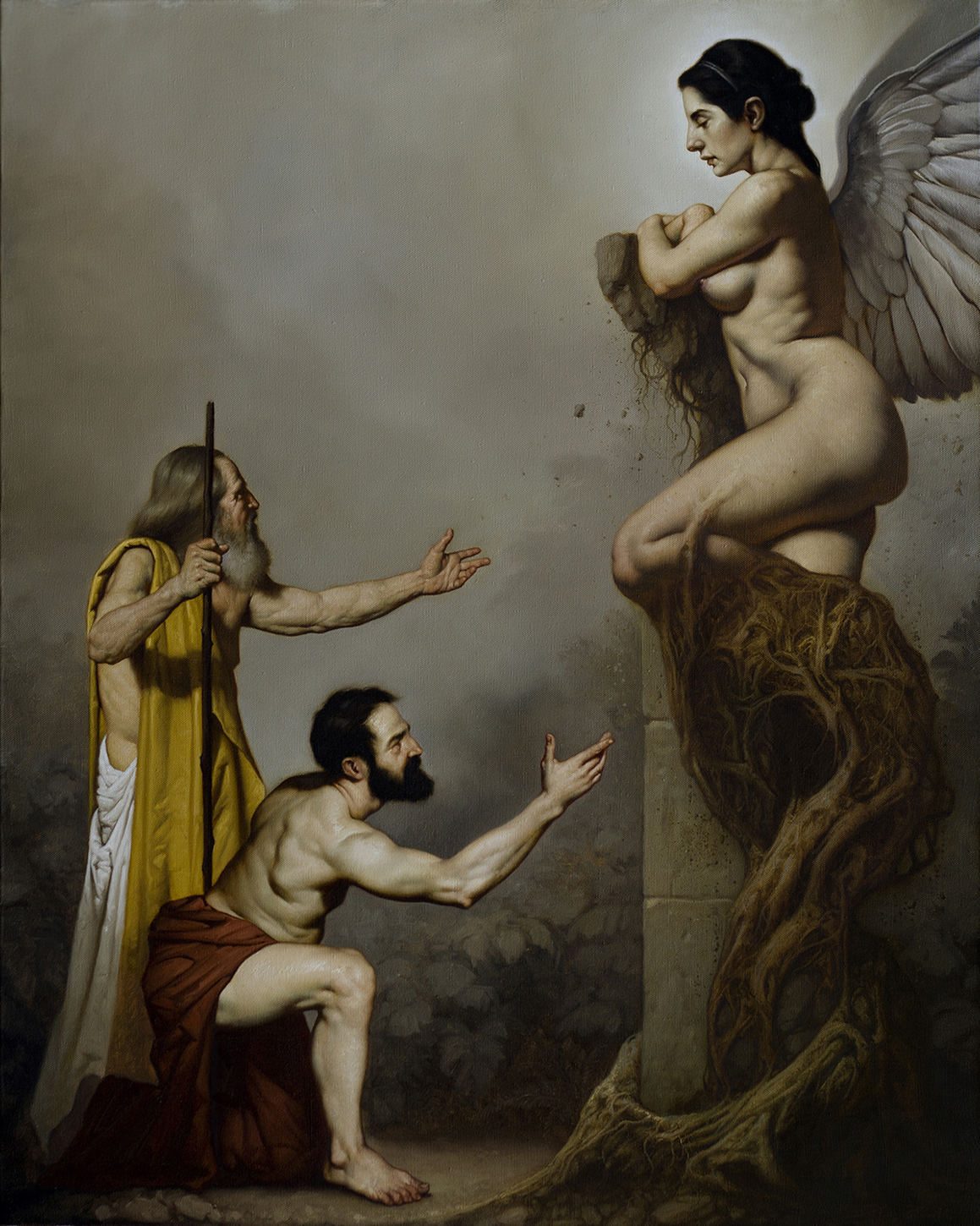
The comparison between Ferri’s art and music provides a clear illustration of how technique can be separated from emotional expressiveness. Imagine a group of virtuoso musicians performing a sonata with extreme precision and skill. Despite their technical impeccability, they might lack in conveying the emotional essence, the pulsating heart of the composition that goes beyond the written notes. Similarly, Ferri, undeniably talented, primarily focuses on formal precision in his works. This approach, though yielding visually impressive results, can sometimes lack the emotional depth and narrative that characterized Caravaggio’s canvases.
Caravaggio did not just paint scenes; he infused his works with palpable emotional intensity, using symbols and narratives to create a direct connection with the viewer, communicating not just with the eyes but also with the soul. His works were laden with deeper meanings, inviting reflection and stimulating an emotional connection.
In contrast, while Ferri’s art impresses with its technical perfection and photorealistic detail, it could be enriched by greater narrative depth and conceptual development. If he could combine his remarkable technical skill with stronger emotional expressiveness and narrative innovation, his works might reach a new level of impact and meaning, akin to that of Caravaggio’s works.
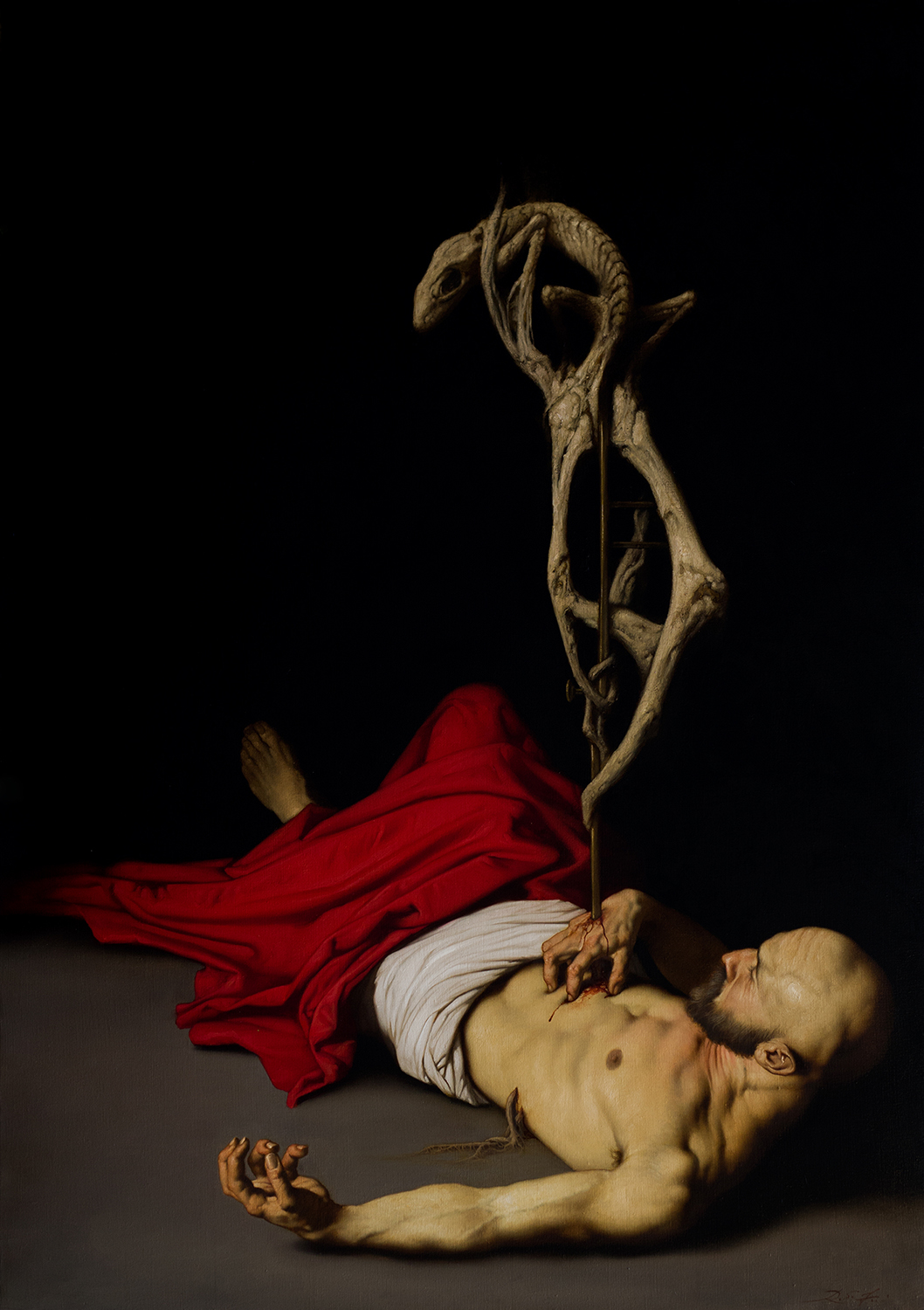
In conclusion, Roberto Ferri’s work, characterized by notable talent and a tribute to Caravaggio’s legacy, reflects the importance of technique and aesthetic beauty. However, to achieve a revolutionary impact similar to Caravaggio’s, an artist must go beyond technical perfection, embracing deeper, symbolic storytelling. Ferri’s art, while fascinating in its respect for the past, suggests a reflection on the role of innovation and narrative in the contemporary artistic landscape. His work, placed in contemporary art, opens a dialogue on how artistic greatness resides not only in the ability to faithfully reproduce reality but also in the skill to infuse broader and deeper meaning through symbols and narratives that resonate with the human soul and stimulate cultural reflection.

